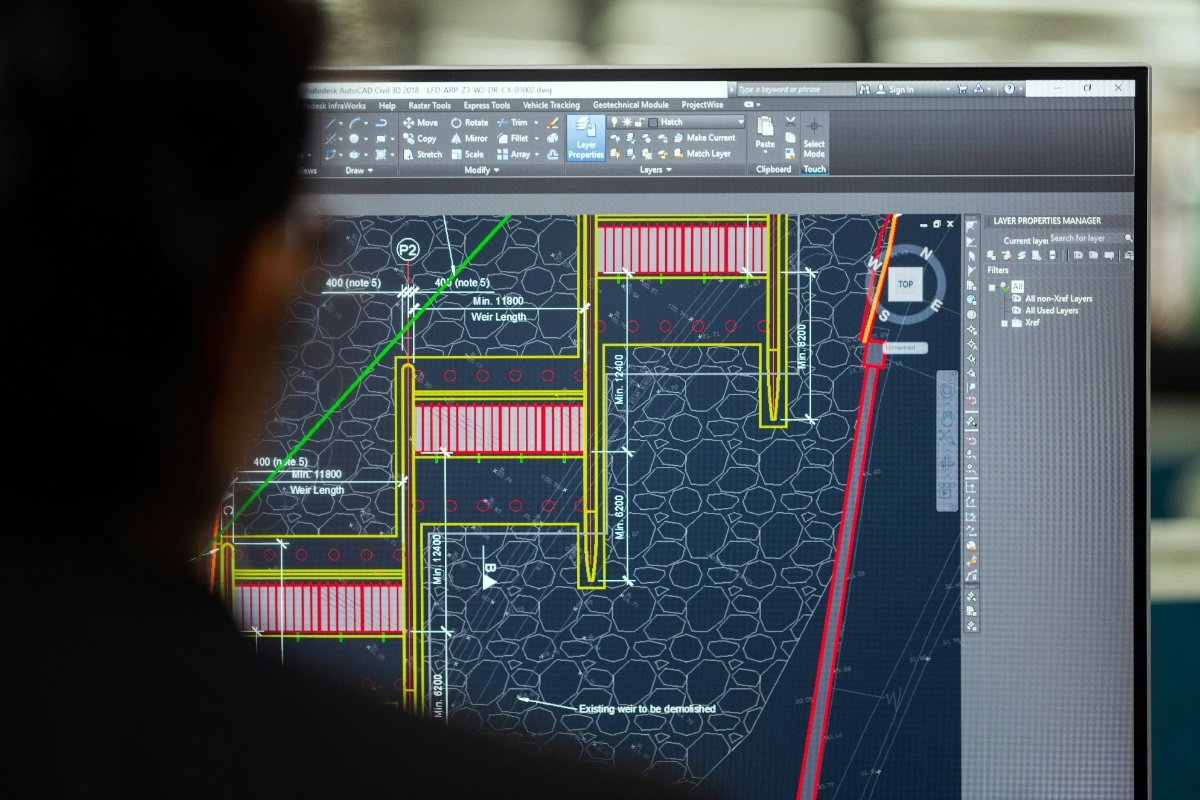
Sustainable Living: Eco-Friendly Home Makeovers has become a growing focus for individuals seeking to reduce their carbon footprint while creating comfortable and efficient living environments.
Embracing this lifestyle allows for a harmonious blend of aesthetics, functionality, and environmental responsibility. From small upgrades to full-scale renovations, eco-conscious choices offer long-term savings and a healthier home.
Switching to LED lighting significantly reduces energy consumption and costs over time. LEDs last longer and emit less heat, making them ideal for all areas of the home environment.
Natural light integration is another effective method. Skylights and larger windows minimize the need for artificial lighting and create a warm, inviting space filled with daylight.
Smart lighting systems offer efficiency and control. Automating light use according to occupancy or time ensures that no energy is wasted unnecessarily in your living space.
Bamboo flooring is an excellent eco-friendly option due to its fast growth rate and durability. It brings a modern and natural aesthetic into any living room or bedroom.
Reclaimed wood adds character and sustainability. Using salvaged timber reduces the demand for new resources and often brings a rustic charm to any home.
Cork flooring is soft, renewable, and naturally antimicrobial. It’s harvested from tree bark without cutting the tree, making it an ethical and green alternative.
Low-VOC paints reduce harmful indoor air pollutants. They are safer for families and maintain indoor air quality while still offering vibrant, long-lasting color options.
Natural finishes, such as beeswax or linseed oil, protect wooden furniture without introducing toxic chemicals. They nourish the material while keeping your space eco-conscious.
Choosing water-based stains instead of solvent-based ones lowers emissions. These alternatives dry faster and are easier to clean, making them a practical green solution.
Low-flow showerheads and faucets drastically reduce water use without compromising performance. These fixtures save both water and energy used to heat it.
Dual-flush toilets offer options based on waste type. This system promotes water savings by using the appropriate amount of water per flush.
Rainwater harvesting systems can be installed to collect and store water. This solution supports irrigation and even non-potable uses within the home.
Recycled denim insulation repurposes old clothing while offering excellent thermal and sound protection. It’s a safe and sustainable alternative to fiberglass insulation.
Cellulose insulation made from paper products is fire-retardant and energy-efficient. It fills wall cavities and attics with minimal environmental impact.
Sheep’s wool insulation naturally regulates humidity and is completely biodegradable. Its effectiveness and renewable nature make it an ideal choice for green homes.
Installing solar panels is one of the most impactful upgrades. They reduce dependency on fossil fuels and lower utility bills over the long term.
Solar water heaters use energy from the sun to heat water. These systems are efficient and reduce reliance on gas or electricity for daily hot water needs.
Portable solar chargers are small but effective. They provide power to devices and are great for reducing electricity usage during daylight hours.
Reusing old furniture reduces landfill waste and adds personality. With some creativity, vintage items can be restored to modern functionality.
Pallet wood projects allow for the creation of custom tables and shelves. These builds are budget-friendly and highly sustainable with the right treatment.
Antique pieces often feature quality craftsmanship. Giving them a new life helps preserve history while avoiding the environmental cost of mass production.
Smart thermostats optimize heating and cooling schedules. They adapt to user behavior, conserving energy while maintaining indoor comfort.
Home energy monitors provide real-time usage data. This helps residents track their consumption and identify opportunities to reduce waste.
Automated blinds and curtains can improve insulation. By responding to sunlight, they maintain room temperature without over-relying on HVAC systems.
Organic cotton bedding avoids chemical processing. It’s safer for skin and the environment, offering breathable comfort in bedrooms.
Linen made from flax is biodegradable and durable. It adds a timeless, relaxed look to interiors while supporting sustainable agriculture.
Hemp textiles are strong and antibacterial. Curtains, cushions, or upholstery made from hemp provide eco-conscious beauty and long life.
Houseplants like snake plants and pothos absorb toxins. They enhance air quality and introduce calm, natural beauty into living spaces.
A mix of greenery in key areas improves mood and reduces stress. Plants act as living decor that contributes to a balanced lifestyle.
Vertical gardens are ideal for smaller homes. These setups save space while supporting biodiversity and daily interaction with nature.
Composting kitchen scraps reduces food waste. It produces nutrient-rich soil for gardens and keeps organic material out of landfills.
Implementing recycling systems at home ensures proper waste sorting. Designated bins make the process convenient and support community recycling efforts.
Bulk buying minimizes packaging waste. Opting for reusable containers and bags also contributes to a zero-waste lifestyle.
Natural cleaning agents like vinegar and baking soda are effective and safe. They replace chemical-based products without compromising cleanliness.
Eco-friendly brands offer biodegradable, non-toxic cleaners. These reduce harm to waterways and are often cruelty-free and packaged in recycled materials.
Refill stations for household cleaners help reduce single-use plastics. Consumers can reuse existing bottles while supporting local refill hubs.
This post has been authored and published by one of our premium contributors, who are experts in their fields. They bring high-quality, well-researched content that adds significant value to our platform.






